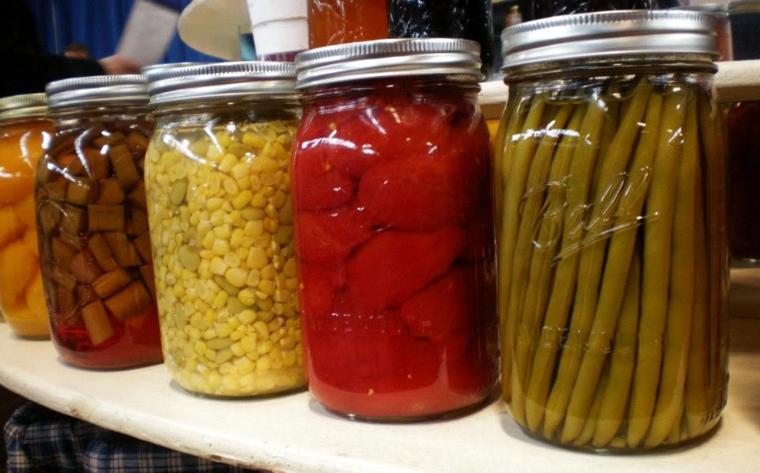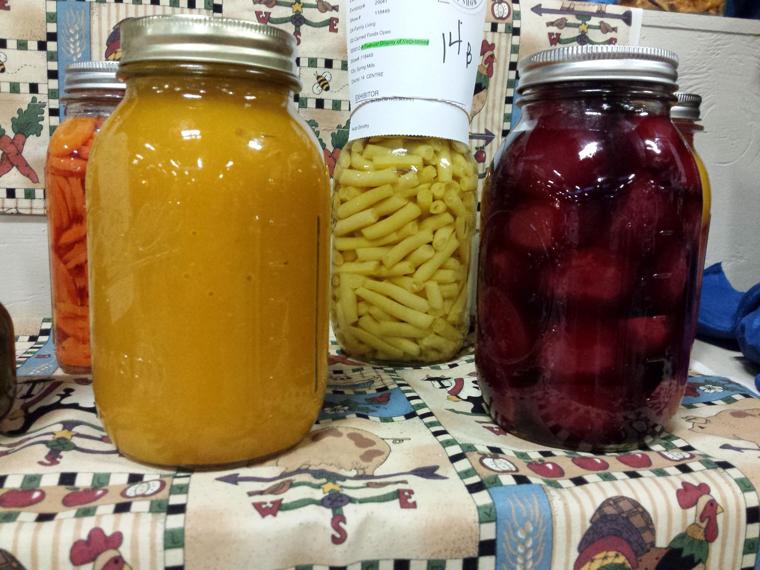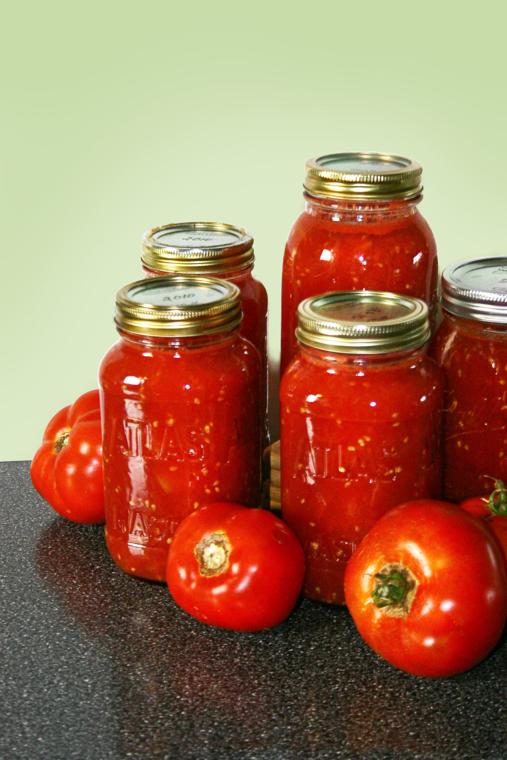Lancaster Online
http://lancasteronline.com/features/food/q-a-food-safety-expert-helps-home-cooks-preserve-produce/article_60e6e514-2afd-11e5-aa21-97387401701e.html
Q&A: Food safety expert helps home cooks preserve produce properly Martha Zepp, a consultant to Penn State's local Extension office, offers advice on canning produce
Posted: Wednesday, July 15, 2015 11:39 am | Updated: 11:39 am, Wed Jul 15, 2015.
Q&A: Food safety expert helps home cooks preserve produce properly By MARY ELLEN WRIGHT | Staff Writer LancasterOnline
Home canning — processing food for storage in glass jars — is a great way to keep a bit of summer on your shelf year-round by preserving fresh Lancaster County produce. But canning must be done safely.
That’s where Martha Zepp, an expert in food preservation safety, comes in.
As a consultant to the local Penn State Extension office at the Farm & Home Center, Zepp is available to answer your food safety and food preservation questions most Wednesdays (her day in the extension office). She also gives demonstration workshops on home canning and goes to canning-equipment stores around the county to test the dial gauges of people’s pressure canners to be sure they’re in proper working order.
Capturing summer in a jar: Home canning season in full swing here
She does all these things so home cooks can preserve food without accidentally encouraging the growth of botulism or other organisms that could make them sick.
We asked Zepp these questions about safety in home canning.
What should home canners recognize about food safety in canning?
It’s important to use scientifically researched and tested recipes. Discard the old canning books. Even USDA and Ball recipes should be 1994 or more recent. To us, 1994 is a long time ago, but people have these old canning books that come before then and some of those methods are not safe. Basically, recipe books before 1994 are history books.
In the late 1980s, Gerald Kuhn at Penn State did extensive research on home food preservation, and that was the time at which they determined what acidity levels were needed and how long things needed to be processed (heated) to destroy all spoilage organisms. … The basic canning procedures done in the 1980s are still what we use today.

What books do you recommend for safe, current canning recipes?
“The Ball Blue Book Guide to Preserving” and the USDA recommendations in “So Easy to Preserve” (from The University of Georgia Cooperative Extension).
When should you use a water bath versus a pressure canner?
You should use the correct method based on the acidity of the food. When you get to your low-acid foods — your vegetables, your soups, your meats — it must be a pressure canner so that the inside of the jar reaches 240 degrees to destroy botulism spores. That’s the baddie in canning. And boiling water just will not destroy botulism. Now, somebody will say, “Well, I boiled my green beans 2 or 3 hours in a water bath.” That’s not going to kill the botulism spores. It’s not hot enough.
But in the pressure canner, if it is correctly adjusted, it’ll be 240 degrees at 10 or 11 pounds of pressure depending on the type of canner you have. But you water-bath can your high-acid foods, which would be your fruits pickles and acidified tomatoes, meaning you’ve added the bottled lemon juice or the citric acid to the tomatoes. Fruit jams would be high-acid foods, and salsa that has been acidified. They can be safely done in a boiling-water bath.
What determines pressure-canning processing pressure and times?
The processing directions will depend on the acidity of the food, it will depend on the density of the food —which is why corn will take longer to process than green beans — and it will depend on the shapes of the pieces. So your canning directions will say sliced or they will say whole or whatever, and that can influence the processing time. Green beans can be processed (heated sufficiently) in 20 minutes, whereas whole-kernel corn will take much, much longer: pints 55 minutes, quarts 85 minutes.
Cream-style corn is only done in pints for 85 minutes; with cream-style, there’s no space there for any liquid to go between the kernels so it’s going to take a lot longer for the heat to get to the center of the jar, versus green beans, where the heat travels by convection through the liquid. The other thing that’s a variable on pressure is your altitude. Once you get above 1,000 feet, then you have to adjust the pressure. If you’re high up in the mountains, you might use 12 pounds of pressure (or 15 on a weighted-gauge canner that uses five-pound increments).

How does pressure canning achieve the proper heat?
It’s a principle of physics. In your pressure canner, you have it sealed tightly. So, as you are applying heat to the outside of the canner, there is no place for the heat to escape. ... So, as you build up that heat, the pressure inside that unit is going to build up. And when you increase the pressure, you’re going to increase the temperature.
What’s your advice to brand-new home canners?
If they’ve never canned before, start with something you’d can in a boiling-water bath. And then they don’t even have to buy a canner, if they have a large stock pot that they can put some kind of rack in the bottom. Just so the jars don’t sit on the bottom. A cookie cooling rack that can fit down in could be used. … They will have to buy jars and two-piece lids, which can be expensive.

Once they have done basic canning in the water bath, then they might be ready to try the pressure canning. Most of the people I talk to, I recommend starting with jelly. If they get a pack of Sure-Jell or the Ball pectin and they follow the directions on the box, that’s something good to start with.
Another fairly easy thing is certain kinds of pickles that don’t require soaking in cold water. Tomatoes wouldn’t be the worst thing to start with. But I’d hot-pack them rather than cold-pack them (raw); I would make crushed tomatoes that are cooked before they go in the jar. Cut the tomatoes in quarters, bring them to a boil, put them in the jar and process them for 25 minutes.

This comment has been removed by the author.
ReplyDeleteThis comment has been removed by the author.
ReplyDeleteMartha Zepp is online expert in Food Preservation many writers and publishers wrote about her abilities and expertise she is food expert and I am happy to read this article really helpful.
ReplyDeleteonline Dissertation Help